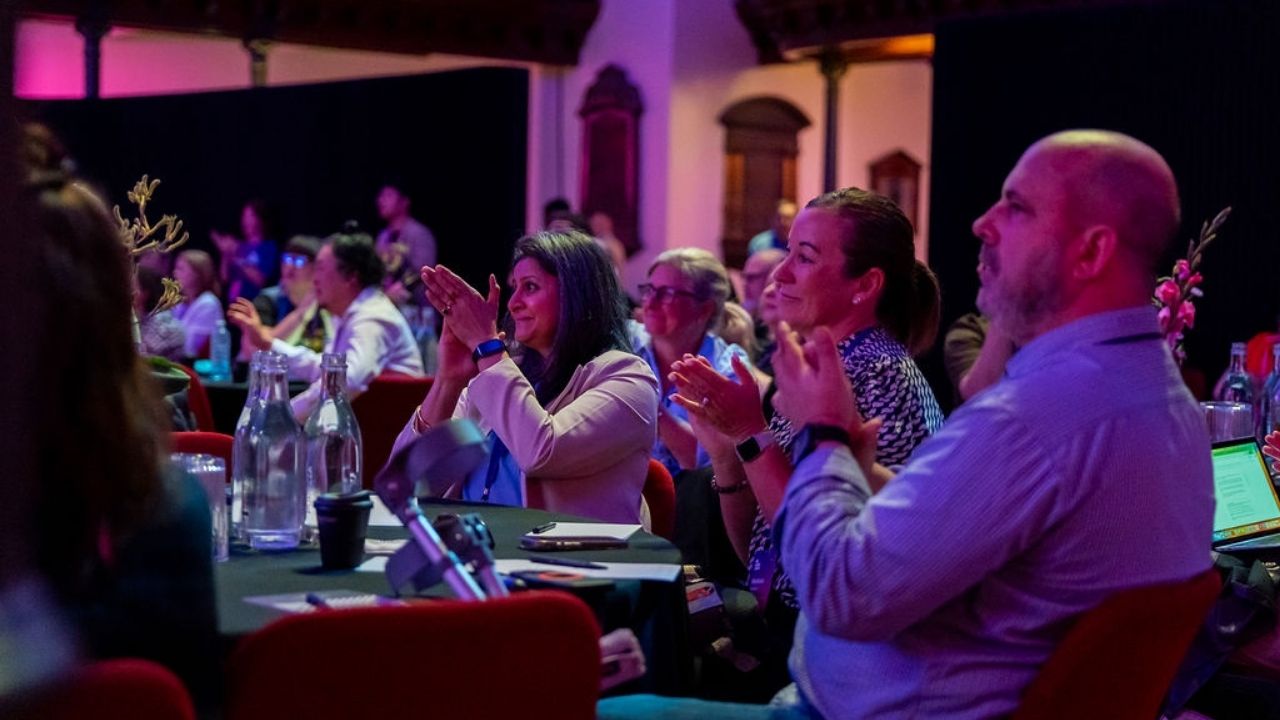
This blog was co-created by Zara Fulton from Remarkable, Arlene Pilkington from the IRT Group, and Deanna Sacco from Ignite Solve.
Conversations at a recent Aged Care Research & Industry Innovation (ARIIA) event underscored a major blind spot in how we invest in aged care and disability: the artificial divide between them is stifling innovation and obscuring a massive market opportunity.
A False Divide That Limits Progress
In Australia, a significant proportion of services for complex disability sit under the NDIS while aged care falls under health care—two separate systems that frame needs differently and shape markets in ways that keep them apart. In disability, solutions are tailored. In aged care, needs are generalised as inevitable signs of “getting older.” The result? Vital technologies for complex disabilities often never reach the older people who could benefit most.
This disconnect hides an uncomfortable truth: many older adults experience complex disabilities—mobility, cognitive, sensory, or dexterity challenges—similar to those of people born with lifelong disabilities. Yet disability is still seen by many investors through a charitable lens, while aged care is considered a lucrative market.
Disability and Ageing Share the Same Needs
We hear older people around us talk about declining abilities as something they just have to accept. But what if they saw these challenges as disabilities—ones that can be addressed with technology? Technologies developed for people with complex disabilities, like cerebral palsy, are often perfectly suited to the needs that come with ageing. Recognising these shared needs reveals a far larger, unified market.
Framing age-related disability as disability—not generic decline—means more targeted solutions, greater independence for older adults, and a much clearer opportunity for investors.
A Market Ready for Innovation
The shift towards supporting people to live independently at home, rather than moving into residential aged care, is accelerating. Retaining independence is often an older person’s top priority. Retirement villages are already leading the way with care models focused on wellbeing and independence, offering a real alternative to traditional aged care. Technology must be at the center of this transformation—and investors should pay attention.
Up to half of people aged over 60 live with multiple disabilities, and by age 75, impairments in mobility, cognition, hearing, and vision are the norm. But strokes, aneurysms, or accidents can cause complex disability at any age. These shared realities make it clear: the market for tech addressing complex disability and health- or age-related disability should be seen as one.
Investors: Take Note
Stop seeing disability tech and aged care tech as separate categories. Start recognising that technologies built for complex disability can, and should, serve older adults too. Bridging this artificial divide unlocks new pathways for innovation, scale, and impact—benefiting both individuals and the broader economy.
Image Gallery
Other stories you might be interested in




.png)
.jpg)




%20(1).jpg)










